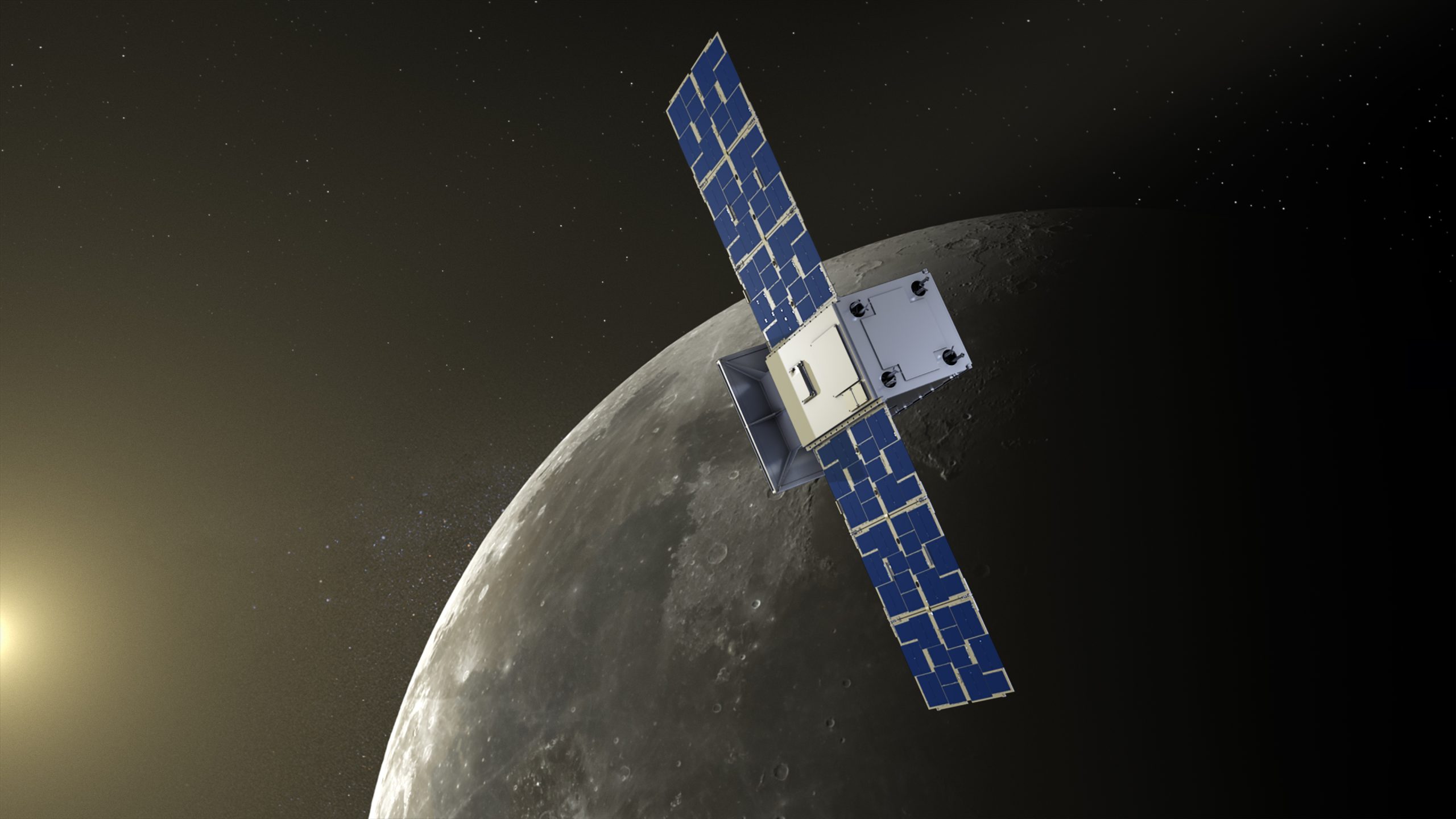NASA’s CAPSTONE mission, which will chart a new orbit around the moon that will hopefully be used for a future crewed lunar space station, is underway after a successful launch on Tuesday morning. Rocket Lab’s Electron launch vehicle delivered the CAPSTONE satellite, which is roughly the size of a large microwave oven, to Earth orbit for step one of its lunar journey.
The Launch And Journey To The Moon
Our 27th Electron rocket takes flight, successfully delivering Photon and CAPSTONE to low Earth orbit. CAPSTONE's lunar journey has begun! Thank you to our mission partners @NASA, @AdvancedSpace and @TerranOrbital pic.twitter.com/mTMxZrUlYS
— Rocket Lab (@RocketLab) June 28, 2022
The Electron rocket took off from Rocket Lab’s launch facility in New Zealand at 5:55 AM ET, marking Rocket Lab’s 27th flight for its launch vehicle, and its first-ever with the moon as the intended destination. The satellite will remain in Low-Earth orbit for around six days, attached to a custom-designed Photon upper-stage created by Rocket Lab for this mission, after which Photon will ignite its engines a final time to leave Earth’s orbit on a path toward deep space, subsequently releasing CAPSTONE to continue on for arrival at the moon roughly three months from now.
What is CAPSTONE Satellite?

CAPSTONE, an acronym for Cislunar Autonomous Positioning System Technology Operations and Navigation Experiment, is a low-cost mission that represents the first launch under NASA’s Artemis lunar program.
What Is The Goal Of This Mission?
The goal of the CAPSTONE mission is to use the small satellite to test a new orbit around the moon — an elliptical path that will provide a stable enough orbit to maintain a permanent base of operations for excursions to the lunar surface in Gateway, NASA’s planned moon space station, but also offer a good launch point for deeper space exploration at its furthest point. The lunar Gateway is a key ingredient for NASA’s Artemis program, which will return astronauts to the surface of the moon.





